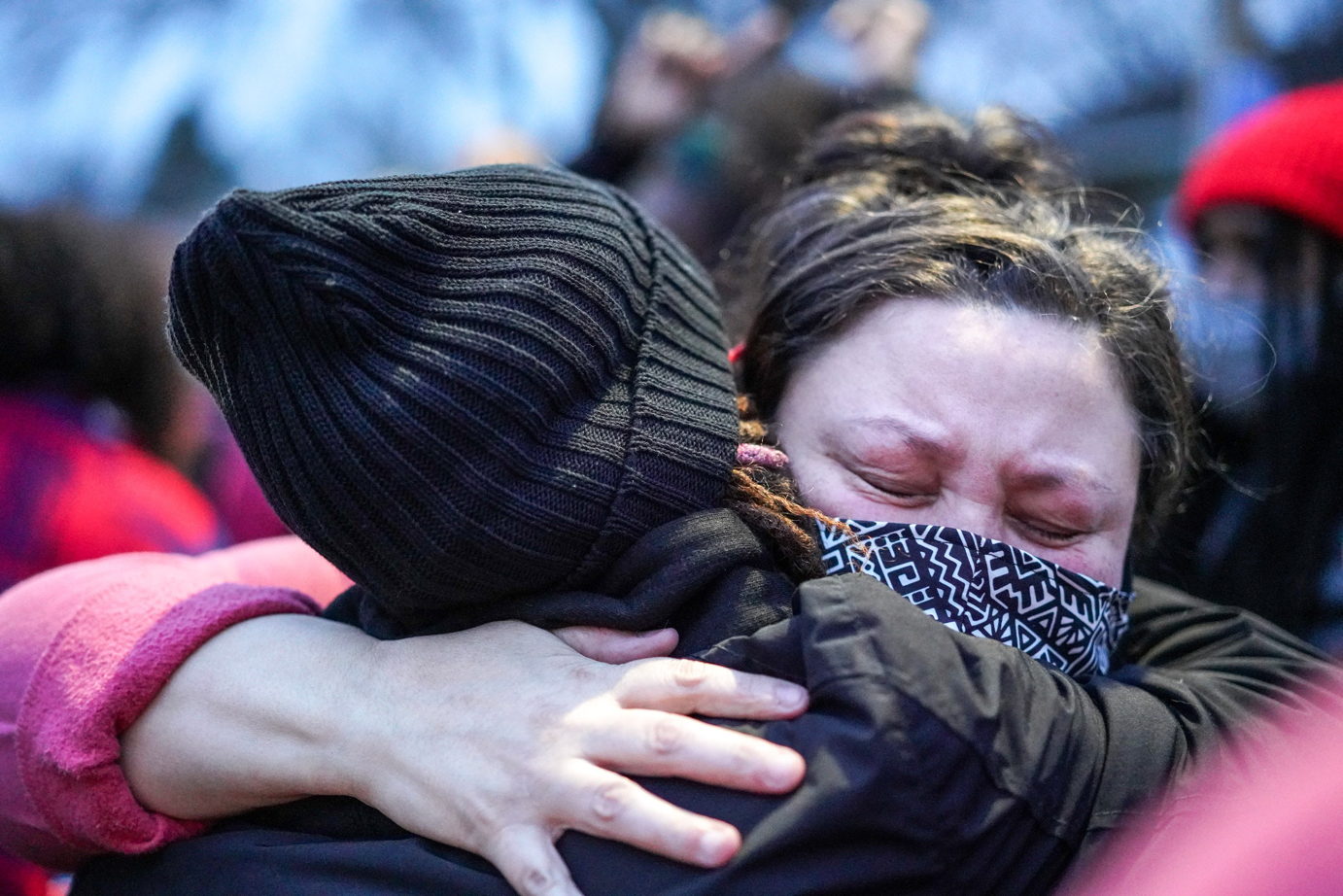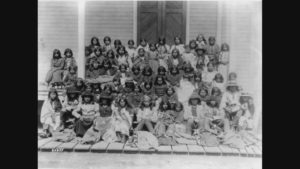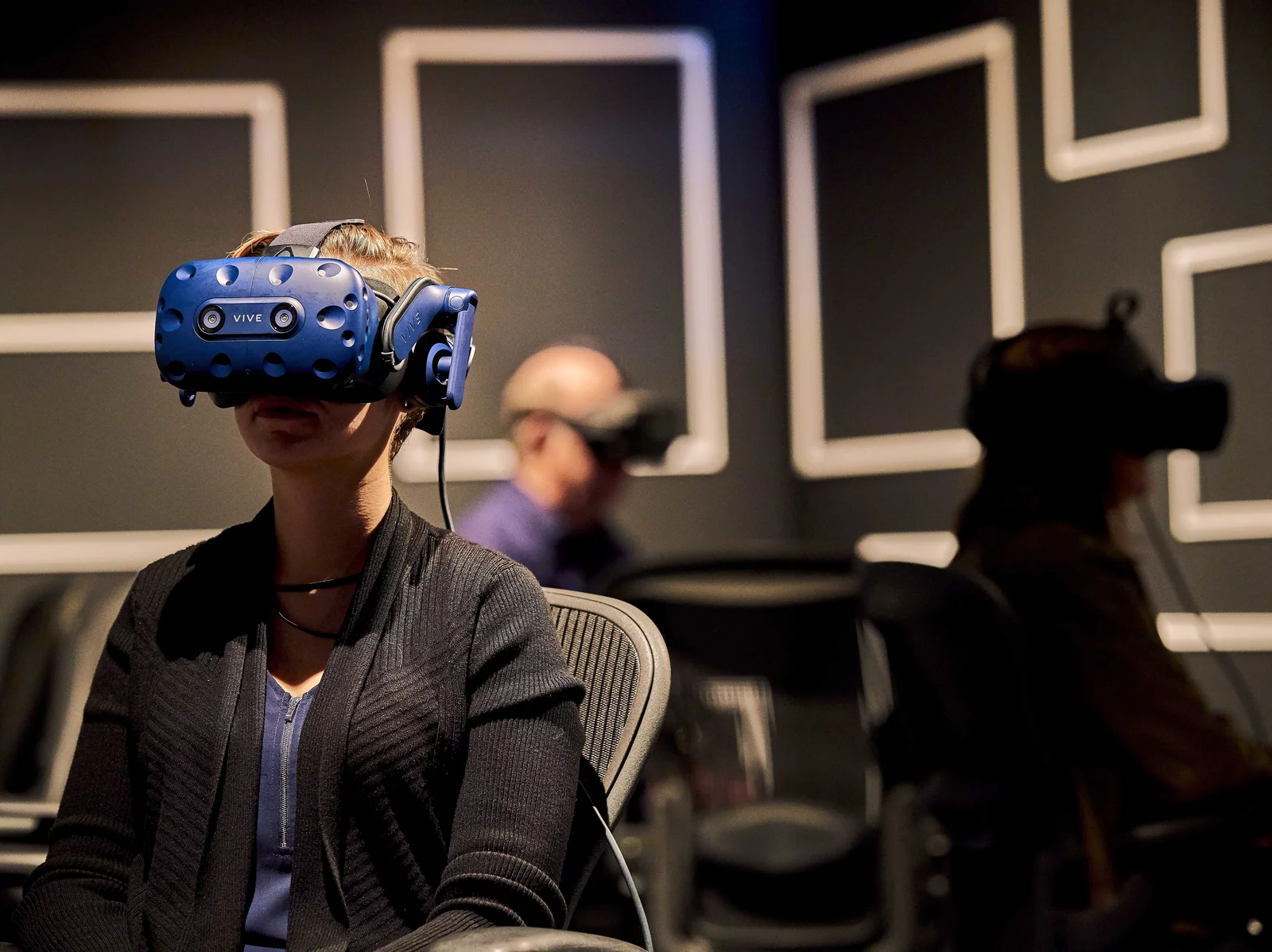How much has changed since the events of last spring?
George Floyd Square, the intersection in Minneapolis where Floyd died, last May, features a mural that says “You Changed the World, George.” And, in the eleven months since Floyd’s agonizing death, captured on video, we have seen changes ranging from mercenary corporate endorsements of the phrase “Black Lives Matter” to personal reckonings with the role of race in American society as well as substantial legislative and policy changes regarding policing. But for Floyd’s death, New York City would likely not have unsealed the disciplinary records of more than eighty thousand police officers earlier this year. The biggest question surrounding this raft of changes has been whether it will translate into a decreased likelihood of Black people dying during routine interactions with law enforcement. In Minneapolis, a city already on edge because the trial of Derek Chauvin, the officer accused of killing Floyd, is now in its third week there, the answer to that question, at least from the vantage point of the hundreds of people who have gathered outside the Brooklyn Center police station for the past two nights, is no.
On Sunday, a twenty-year-old named Daunte Wright was stopped near the intersection of Sixty-third and Lee Avenues in Brooklyn Center, an inner-ring suburb of Minneapolis. The reasons for the stop are in dispute: Wright’s mother, Katie, told a rally on Sunday evening that Daunte had called her when he was pulled over and said that it was because he had an air-freshener hanging from his rearview mirror (which is prohibited in Minnesota). On Monday, the police department suggested that there had been an issue with his registration tags. (On Tuesday, Benjamin Crump, a lawyer now representing the Wright family, noted a pandemic-related backlog in processing paperwork for license plates.) A young woman sat in the front passenger seat. During the stop, the police reportedly found that there was a warrant against Wright for two misdemeanors—involving a weapons-possession charge—which were issued after he had missed a court date. What is not in dispute is that Kim Potter, a twenty-six-year veteran of the police force, shouted “Taser!” as Wright struggled with an officer who was trying to remove him from his car, but she was actually holding a gun instead of a Taser, and fired a single bullet. (The police department later said that she had drawn the gun in error.) Wright drove off before losing consciousness and crashing several blocks away. He died at the scene. The young woman in the car was treated for non-life-threatening injuries at a hospital. Officer Potter resigned on Tuesday, as did Tim Gannon, the city’s chief of police.
THE DAILY
The best of The New Yorker, every day, in your in-box.
On Sunday, at the rally, Joanie Shafer, a local photographer, highlighting the connections between Floyd and Wright, pointed out that Wright had called his mother on the phone when the officers pulled him over, and that Floyd had called out to his deceased mother as he himself was dying. The implication was that interactions with the police had become so fraught that grown men were enlisting the aid of their mothers, on earth or in the hereafter.
Among the various perspectives in the Twin Cities regarding the Chauvin trial, the police, and the significance of all that happened last spring and summer after Floyd’s death, there seems to be only one conclusion shared by residents across race, class, and social boundaries: that a failure to convict Derek Chauvin will lead to another eruption of violence in the area. On Sunday night, those predictions were turned on their heads, when it became clear that more violence was not contingent on a Chauvin acquittal.
About four hundred people, most but far from all of them Black, gathered to protest Wright’s death in front of the Humboldt Avenue police station, in Brooklyn Center. About sixty officers stood in formation outside the building, in riot gear. Around 11 P.M., some people in the crowd began throwing bricks, rocks, and garbage in the direction of the officers, who responded with tear gas. The winds shifted, though, and the gas blew away from the demonstration and back toward the police station. The crowd, which had begun to scatter, realized this, and surged forward. More rocks were thrown, followed by flash grenades and more tear gas, in a cycle that repeated until the police began firing rubber bullets into the crowd.
“They couldn’t even wait until the trial was over to kill somebody else,” one man told me. Wright’s death was not the only indictment of facile ideas of change. A video of Caron Nazario, a Black and Latino second lieutenant in the U.S. Army Medical Corps, showing him being pulled over by two police officers in Windsor, Virginia, last December, had surfaced a few days earlier. (There were no license plates on the new S.U.V. that Nazario was driving, but temporary ones were reportedly taped inside the rear window.) Nazario, who had placed his hands outside the window, to indicate that he had no weapon, told the officers, who had drawn their guns, that he was “honestly afraid to get out of the car.” In response, Nazario, who was in uniform, was pepper-sprayed and removed from his vehicle. (One of the officers involved, Joe Gutierrez, was fired on Sunday.) For all the anxiety about the Chauvin trial, it had almost become ambient noise in a tide of events that seemed to be a more accurate barometer of where things stand on matters of race and policing.
On Monday, the Twin Cities area imposed a curfew, from 7 P.M. to 6 A.M. A candlelight vigil for Wright, which had been scheduled for 7 P.M., was pushed up an hour, so as to not be in conflict with the order. Hundreds gathered at Sixty-third and Lee, many of them carrying electric votive candles, because a cold rain had drizzled all evening. A shrine of flowers was created down the street, where Wright died. The Twin Cities Relief Initiative, which provides food and services to people in need—and which began as the group Twin Cities Stand Together, established after Floyd’s death, to feed protesters and local families—set up a table and offered free hot dogs and bottled water. That gathering dispersed not long after the curfew took effect, but a young, more intransigent, portion of it reconvened at the Humboldt Avenue station house, where, about an hour later, clashes with the police erupted again. As this was happening, Crump, who now represents both the Wrights and the Floyds, was maneuvering to put the grieving families in contact. An emotional press conference with members of the two families—and of others, including Emmett Till’s—was held outside the Hennepin County Government Center, on Tuesday afternoon. Katie Wright, wrapped in a blanket but shivering in thirty-four-degree weather and snow flurries, stared at the ground. At one point, Philonise Floyd, George’s brother, leaned over and wrapped his arm around her, but the connections between their stories had already been secured in the public’s mind: they represented two installments in a serial American tragedy that no one wishes to see but is set to be replayed for the foreseeable future.




